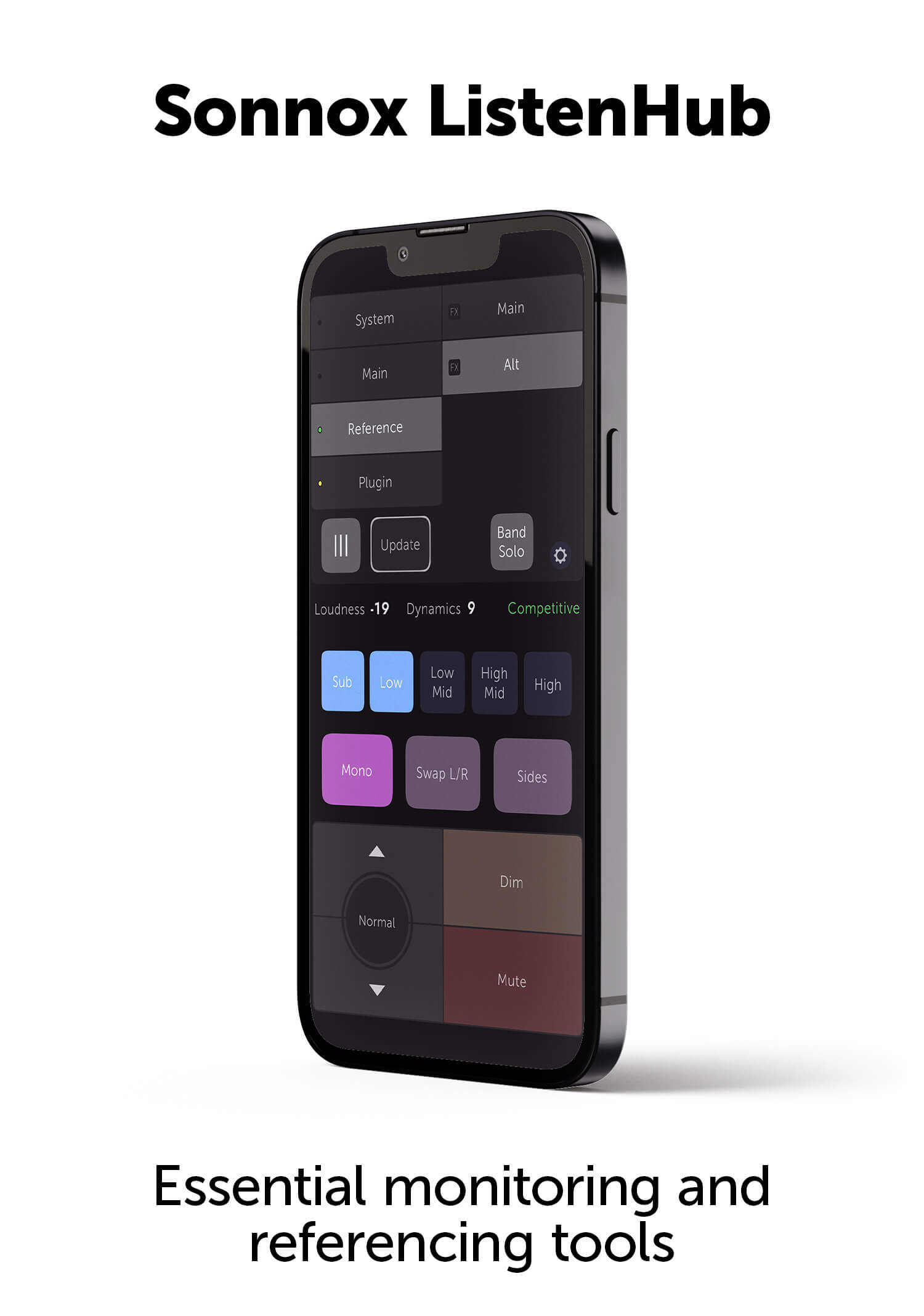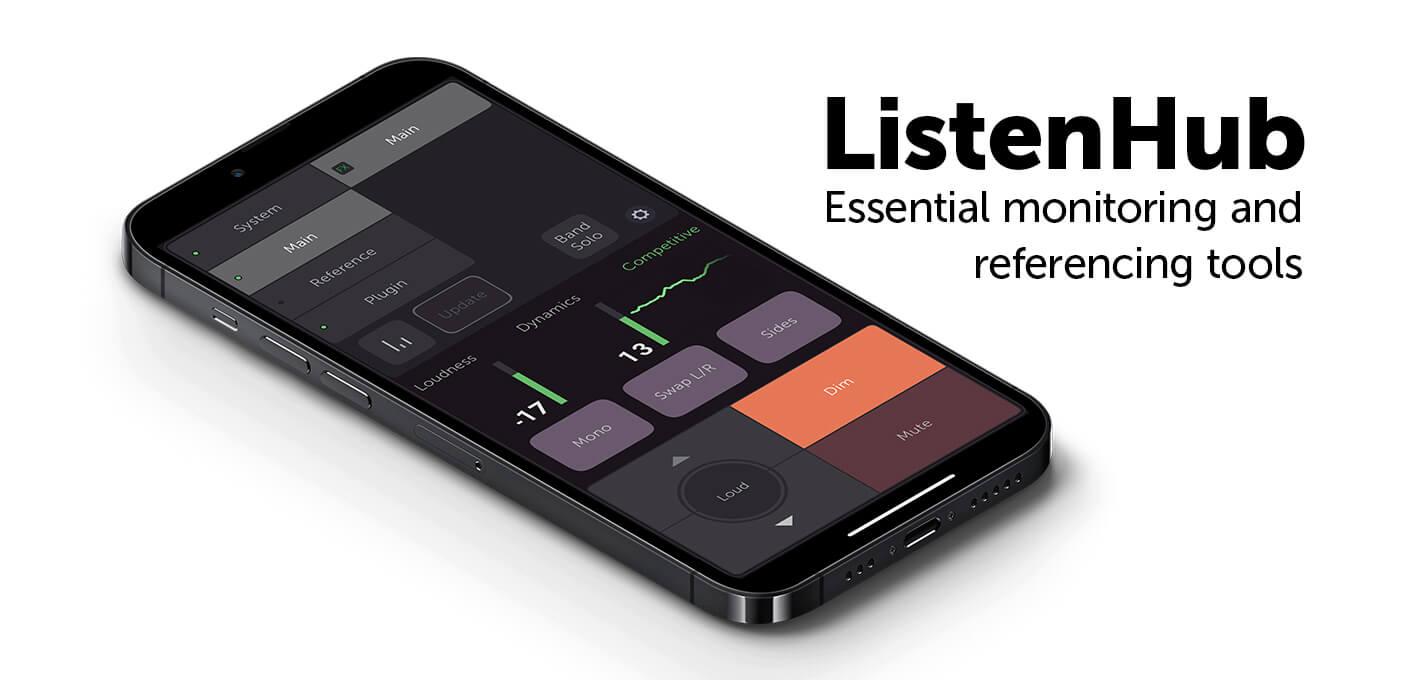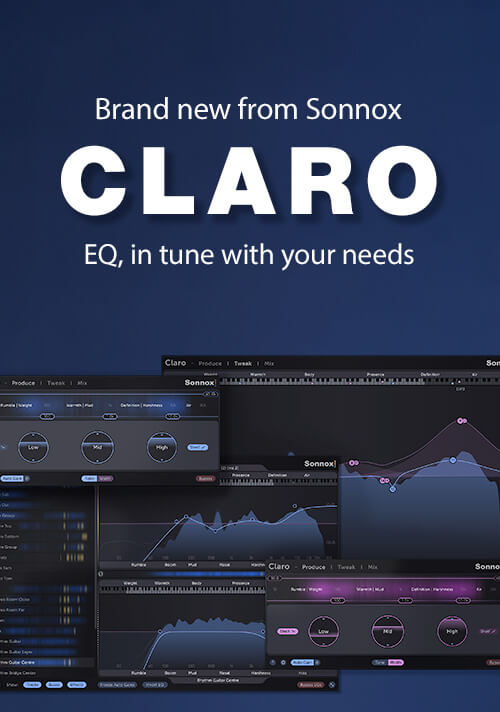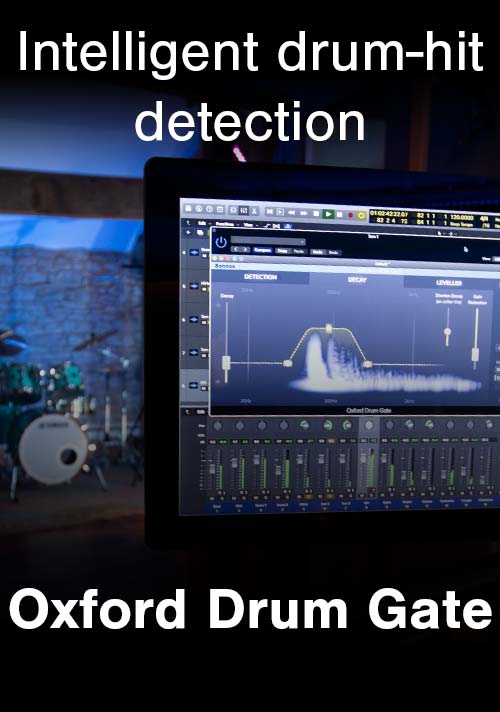Jay-J on tightening the kick and bass relationship

When it comes to getting people up on the floor, few do it better than Grammy-nominated DJ / Producer / Remixer Jay-J. From international club dates to commercials to running his own Shifted Music label, he’s got his hand on the pulse of dance music. We asked him to share some insights on how he gets his tracks sounding so hot.
What is your preferred approach to getting the bottom of a mix cranking in a club?
I spend most of my time on getting the kick and bass relationship together. I‘ve always taken the approach that I want both of these to be thick and full, and heard as completely independent yet fully blended elements. In other words, I want the kick and bass loud and present in the mixes for the club.
First thing I do is listen to the kick sound to determine what it is that I don't like - or what I think won't work with the rest of the mix in terms of frequencies. Then I'm mainly listening to what direction the bass tone seems to be heading. Is the bass more sub frequencies for generating feeling and sub movement? Or is the sound focused a bit more in the midrange area like a live bass?
Once I narrow down where the bass seems to want to sit in the frequency spectrum, I think about emphasizing the kick near that range (but usually under it). Then, I will compress or limit the bass so that each of the notes remains upfront and present. Next I'll EQ the bass, first doing some shelving to adjust the amount of sub 100 Hz frequencies, usually removing a little below 60-80 Hz and pulling down a little in the 150-225 Hz range. Then I'm usually seeing what, if anything, is needed or not needed from 225 Hz - 1 kHz.
While EQing the bass, I’m simultaneously making adjustments to the kick, also reigning in a little on the sub frequencies although usually that involves a high pass filter in the 30 Hz range with a 24db slope, which always just seems to instantly add a little clarity and tightness to the kick. Then I spend some time sweeping frequencies from 30 Hz and up to see if I hear any excessive resonance in the sound in certain areas. I often dip a tiny bit so the bass sounds come across as more evenly distributed across the lower frequency range. I also listen and try and see if the kick needs a more accentuated attack or maybe a smoother or softer attack to the overall sound. In that case I would employ some compression or dynamic control with either a fast attack to smooth the sound of the kick or a slower attack to pull down the body of the kick while accentuating the initial attack of the kick.
From there I’ll dip a decent amount from the kick in the 170 Hz - 2 kHz range (just sweeping through those frequencies and seeing what areas stick out and deciding if they need to stick out that much or a little less) removing some of the mid frequencies. I’ll then usually accentuate around 5k to add some audible clarity that can also translate over smaller speakers systems. That 5 kHz range helps make the bass clear even when played back on systems without subwoofers.
Do you mix these two elements independently, or as one?
I'm usually working both the kick and bass simultaneously, jumping between soloing the kick, then the bass, then the whole track, then just the kick and bass, then back and forth between all those permutations making adjustments along the way.
I’m also listening for low information in almost all the other tracks that might be contributing in a negative way to the low end of the record. Most often I'm removing a fair amount of low-end information in all the other elements with shelving or high pass filters. This helps achieve the additional level of definition and clarity I'm shooting for in the overall low end.
What Sonnox plug ins do you use on these tracks to help get the job done?
On the kick I mainly use the Oxford EQ and Oxford Dynamics. Most kicks in electronic music originate as samples that get copied and pasted or played in with a fairly steady velocity. Therefore, I don't usually need to compress the kick like I would a live drummer’s kick, which would need more dynamic control. I do however use the Oxford Dynamics’ compressor to sculpt the kick attack the way I think it fits best. On the bass I also use the Dynamics plug-in to add some of the Warmth Control to help accentuate the low mids of the bass and saturate the sound a little. Occasionally when I think the bass sound, or whatever virtual instrument is being used, may sound a little thin - I will add some Inflator (Sonic Enhancer Plugin) to thicken it all up. Then I use the EQ to really dial in and sculpt the sound of the bass and kick together.
One of the aspects I love about the Oxford Dynamics is the internal side chain circuit. This feature allows me to hone in on a problem frequency or more resonant note in a bass line. Once I have found the offending area, I can apply frequency dependent side chain compression. This will only affect a specific range of frequencies in a pattern - but leave the other notes around it relatively untouched. If I just used an EQ for that, it might also make the other parts and/or notes in the bass line thinner than they need to be. This technique is not only useful with bass notes and frequencies, but also in some other tracks such as keyboard elements. Sometimes, low keyboards notes add too much bass and create a muddy mix. Sonnox plug-ins help me control that issue and keep the mix tight and clean. These plug-ins allow me to get the sound I need to move the club sound systems with a straight forward workflow and interface, but more importantly the overall "SOUND" of the products just rock!
Interview and editorial provided by Rich Tozzoli




